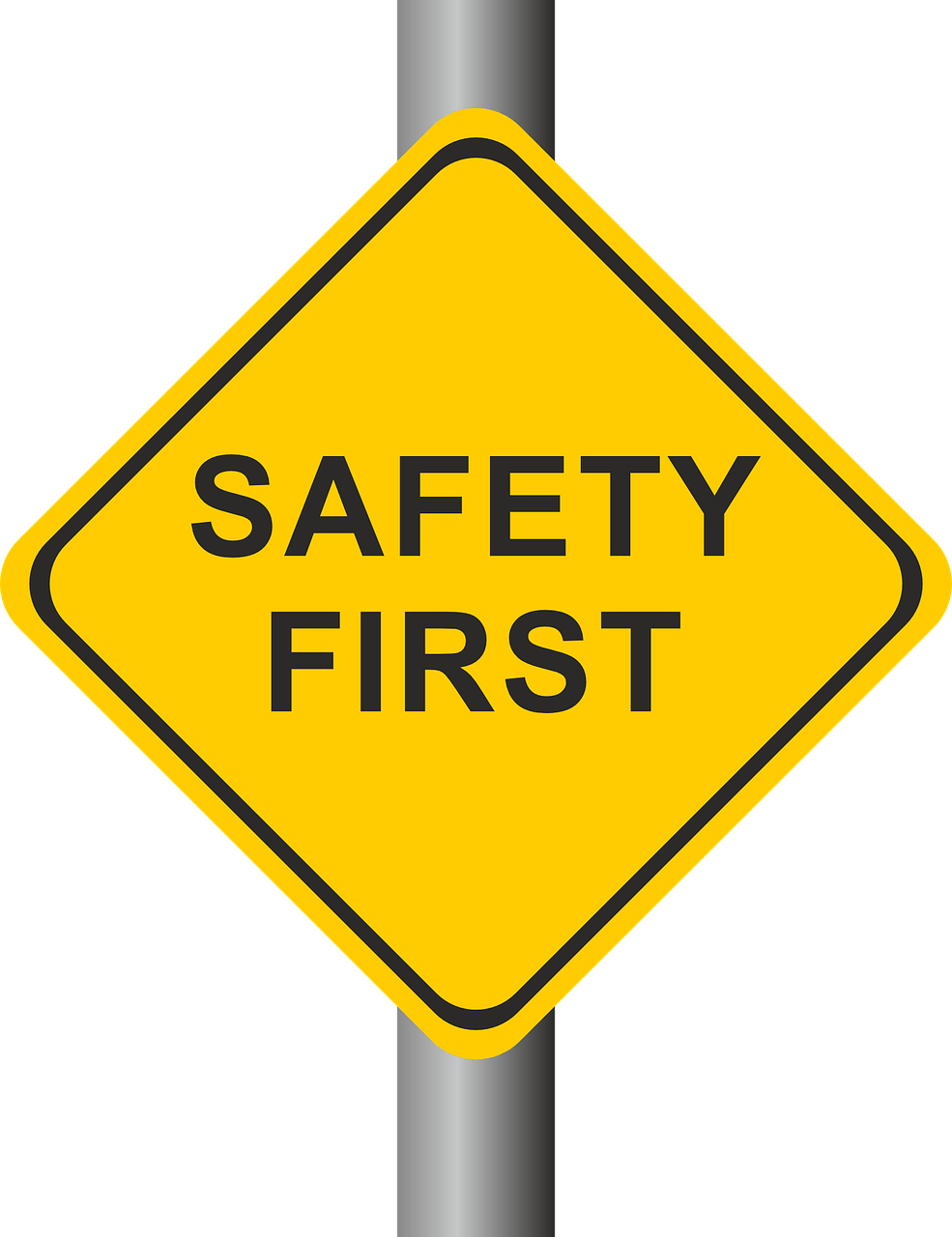
Laboratory Rules
There are several basic laboratory rules to be familiar with listed below. These rules are in place to protect your health and safety and apply to all situations while in the Department of Biological Sciences laboratories.
- Personal hygiene, such as applying makeup, is NOT allowed in the laboratory or preparation areas.
- Eating or drinking is NOT allowed in the laboratory or preparation areas. Storage of drinks and food is also prohibited.
- Contact lenses should only be used as necessary and with eye protection. Eyeglasses are the preferred vision correction for laboratory work.
- Long hair should be tied back and located behind the shoulders. Long ponytail-style hair that comes in front of the shoulders still poses a great potential for risk.
- Personal protective equipment (PPE) should be worn at all times in the Biological Sciences Laboratories. PPE should be adapted to the task at hand, but a good basis includes a long-sleeved laboratory coat, closed toe shoes, safety googles/glasses, and gloves appropriate for the activity.

Safety Information
Chemical Safety
Chemical Safety Data Sheets
Chemical safety data sheets, or SDS sheets, are published by chemical manufacturers and required by OSHA to include information on exposure limits, health hazards, disposal and storage, and more. All chemical SDS sheets can be found on the Central Campus Science and Wellness website.
Biological Sciences SDS Sheets
Chemical Labeling
Chemical labeling is also regulated by OSHA using the globalized harmonized system, or GHS. GHS labeling also includes pictograms indicating the major hazards of the chemicals.
All containers holding chemicals, including water, must be legibly labeled at all times. Label the new container with the chemical’s name before transferring the materials. This includes test tubes as well.
GHS Pictograms
The Hazard Communication Standards require the use of pictograms to easily identify hazards a chemical may present. While this information is readily available in the material’s Safety Data Sheets, or SDS sheets, the pictograms provide an easily readable format for quick reference.
Lab Waste Containment
Containment
For the safety of everyone, all containment procedures listed below must be followed to reduce exposure to human pathogens. Always wear PPE and understand all instructions before beginning a task.
| Container Type | Material Contained | |
| Red autoclave biohazard bags | Biomedical waste such as bacteria cultures | |
| Orange autoclave biohazard bags | Fungal plates and cultures | |
| Red sharps box | Biomedical waste, or tools used to handle biomedical waste, that is considered a “sharp” such as scalpels or needles | |
| White household-style trash bags | Paper towels contaminated with stain or toxic chemicals |
Preserved Specimen Waste
It is very important to understand that while the holding solution for the specimen does not contain formaldehyde, the chemical may have been used at some point in processing the preserved specimen. Therefore, proper PPE of a lab coat, gloves, and goggles are to be worn while handling preserved specimen waste.
Preserved Specimen Disposal
Preserved specimen collection bins are found in classrooms that use preserved specimens. The black labeled trash cans.
Campus Safety and Fire Safety
Fire Safety
For any laboratory related injuries call campus safety to report the incident at 954-201-HELP(4357). If the injuries are severe, call 911 before calling campus safety to dispatch emergency personnel.
Biosafety Levels and PPE
Biosafety Levels
The United States Department of Health and Human Services and its agencies have established four biosafety levels with the purpose of mitigating exposure based on the biological materials used. Biosafety levels of organisms used in Central Campus Biological Sciences laboratories are Biosafety Level 1 (BSL-1) and Biosafety Level 2 (BSL-2). The differences and what PPE to use is outlined below.
| Bacterial Organism Pathogenesis | Safety Practice |
|
BSL-1 Organisms are well-characterized and do not cause disease in healthy humans |
|
|
BSL-2 Organisms have a moderate risk of disease in humans of varying severity. |
|
Classroom Safety Equipment
Classroom Safety Equipment
Laboratory classrooms on the A. Hugh Adams Central Campus contain a variety of safety equipment to help mitigate exposure risks for students, instructors, and employees. Below is a list outlining common equipment found in the classrooms, but it is not an exhaustive list of all equipment. For further knowledge on the safety equipment available in your classroom, please see your instructor.
| Equipment Type | Risk Mitigation | |
| Emergency Shower | Classrooms are outfitted with emergnecy showers to douse skin and clothing after chemical exposure | |
| Eye Wash Stations | Eye was stations are for flushing eyes for 15 minutes after exposure | |
| Fire Extinguisher and Fire Blanket | Fire extinguishers are used to put out or control small fires in the laboratory | |
| First Aid Kit | Treatment of minor cuts and burns. All injuries, no matter how minute, must be reported to the instructor. |